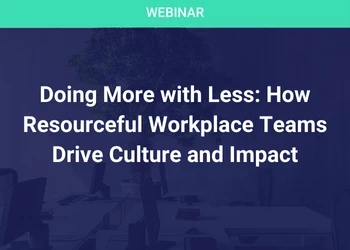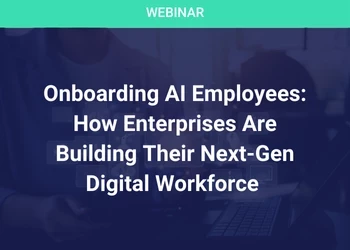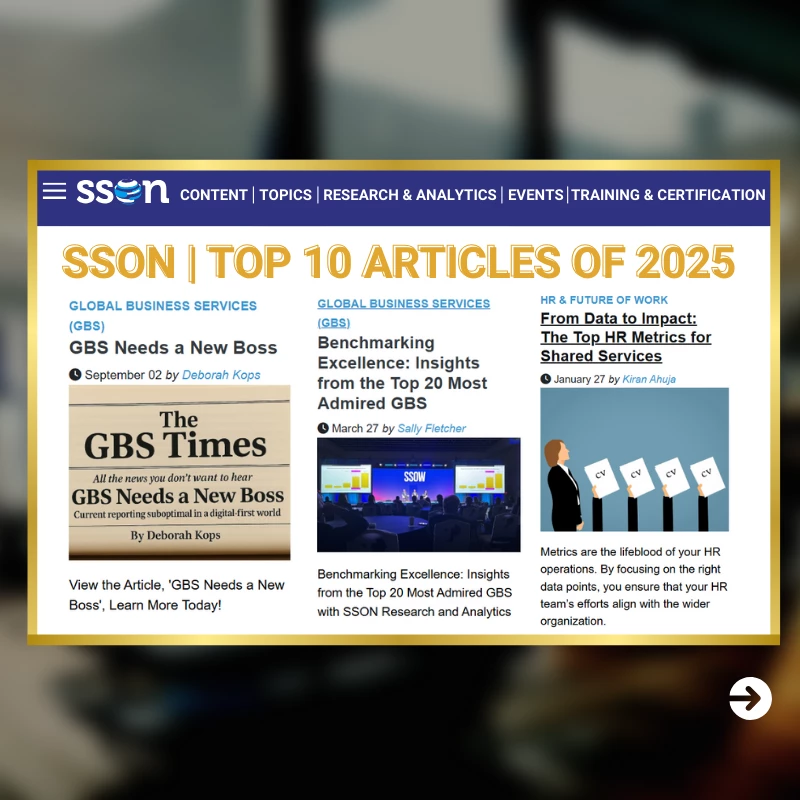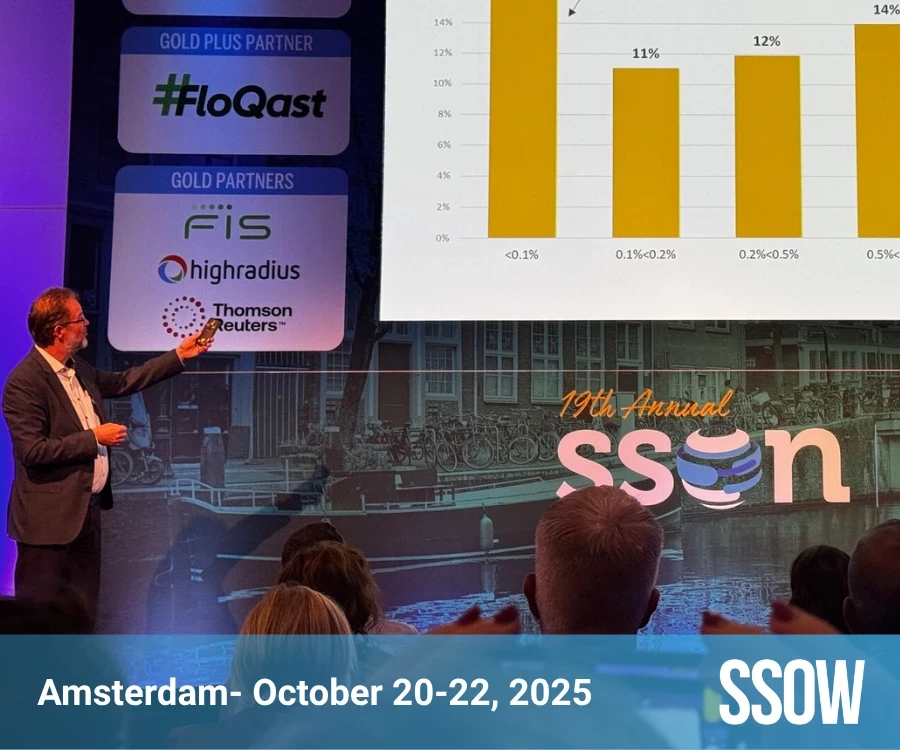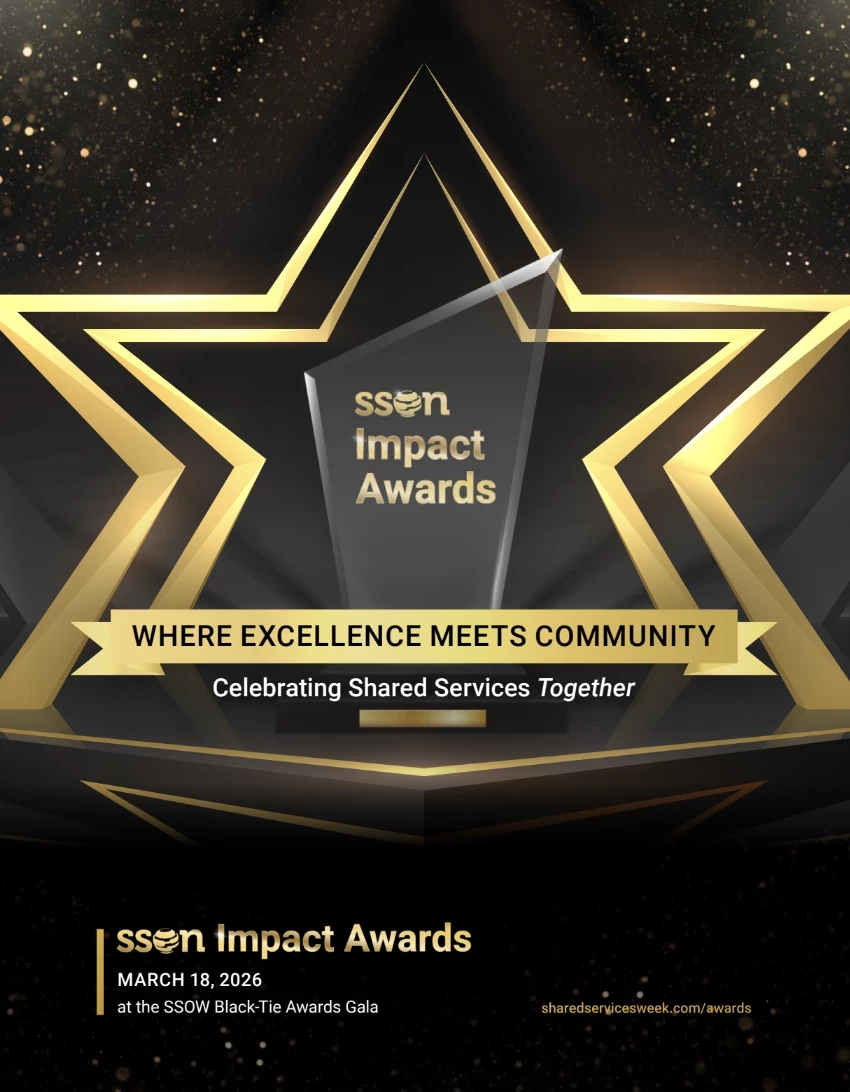
One common scenario in the marketplace is companies starting with a Global Capability Center (GCC) model and seeking to transition into a Global Business Services (GBS) model. Stakeholders accustomed to the GCC model frequently misunderstand the differences between GCC and GBS. This probably isn’t surprising in that both models typically rely on global labor arbitrage and organizational consolidation to generate value. But GBS can deliver value well beyond offshore location benefits. We find it important to carefully distinguish between how you lead and manage under the two different models. Otherwise, a company can go sideways on a whole range of topics including scope, service management, process management, outsourcing relationship management, financial management, and governance to name but just a few.
What is the difference between a GCC & a GBS?
So. let’s explore the differences. A GCC is typically set up in one or more global offshore locations (think India or the Philippines) or regional nearshore locations (think Central and Eastern Europe, Mexico, or Central or Latin America). It is primarily focused on reducing the cost of targeted activities that can be moved into an offshore or nearshore location through labor arbitrage, organizational consolidation, and continuous improvement of in-scope activities.
GBS on the other hand is a full-service or solutions organization. A key distinction is that GBS provides and improves a full set of end-to-end processes such as Procure-to-Pay, Order-to-Cash, or Master Data Management, not just distinct activities available for labor arbitrage within an end-to-end process. A GCC more typically “hosts” lower-cost labor and infrastructure for the delivery of discrete activities owned by functions. As a result, GBS focuses on a broader set of value improvement levers than GCC such as digital process transformation and business outcome and customer experience improvement.
The chart below further amplifies the distinction between GCC and GBS:
GCC |
GBS |
|
Discrete transactional or project activities. labor arbitrage, organizational consolidation, demand, and experience management. Often, it consists of activities that are considered of low interest to be managed by the functions. |
End-to-end services and solutions, often cross-functional. The level of back vs. middle vs. front office activities may vary, but all services and solutions will have a distinct business outcome for internal or external customers. |
|
Functions retain overall process ownership. |
GBS owns processes or shares process ownership through a federated decision model with functions. |
|
Cost-focused |
Cost, service, experience, and business outcome focused |
|
Improvement levers include labor arbitrage, organizational consolidation, and continuous improvement |
Improvement levers include labor arbitrage, organizational consolidation, demand and experience management, process transformation, and continuous improvement |
|
Captive offshore and/or near-shore centers |
Right-shored with different activities of the end-to-end process delivered offshore, near-shore, or locally. Right-sourced with different levels of captive and external service provision. |
|
Service and performance management focused more narrowly on the GCC as meeting distinct activity-level service and cost requirements. |
Service and performance management is focused on business outcomes and a broader set of performance indications. Service management encompasses both the supply and demand side of a process. Typically requires a multi-tiered governance and performance management structure. |
The distinctions between GCC and GBS do not suggest that one model is preferred. There is a time and place for each in most companies and many companies will adopt a hybrid of both depending on individual functions or processes. Adopting the wrong model can ultimately cause GBS to fail as highlighted in the related recent SSON research piece "Another One Bites the Dust: Why GBS Organizations Are Pulled Apart."
Common Pitfalls to Avoid
There are some key lessons to avoid failure for leaders looking to transition between models.
- Don’t overstep your levels of permission. We often see leaders in a GCC model aspiring to add additional scope and accountability. Be very conscious of the perception of empire-building. If your company is deriving the value it needs (or can reasonably aspire to derive given natural tradeoffs of time and effort) from process management within the functions, you don’t need to move to an end-to-end GBS model.
- Know what value you can add and focus on that value. If the business need is predominantly cost reduction, then a GCC model may serve you well. The consultants and analysts may all speak about the latest trends in customer experience management, AI and digital transformation, scope expansion, and business outcomes, but if you don’t control the levers that significantly influence these areas and more importantly are not aligned to the company strategy, focus on what you can influence.
- Watch out for “out of sight, out of mind”. In the GCC model, this is often termed “lift, shift, and forget” with the inherent risk that the process becomes broken because the functions and the GCC don’t effectively manage a process holistically. Even in a GBS model where process ownership accountability is more pronounced within GBS, there is still a high level of joint process governance and sponsorship between the functions and GBS.
- Avoid stranded and duplicative costs. Just because an activity can be performed in either a GCC or GBS model, it doesn’t mean it should be. One of the most common errors is moving partial work done by a functional group into a new model with the promise that the retained personnel will do more “higher value” work. Often instead this just means that work expands to fill the time available or that activities on paper move to the GCC or GBS, but in reality, stay with the retained organization. In either case, your business case turns upside down. Be particularly careful of process scope definition and if necessary retained organization redesign.
- Develop a fit-for-purpose service and performance management model. Within a GCC, a more streamlined model focused on KPIs and specific service levels is likely adequate. In GBS, there are many more layers of joint governance and interaction with the functions that need to be incorporated across the domains of process and service management.
Whichever model you choose, we recommend you expend the time and effort to educate key stakeholders as to the differences. This is particularly important as you move from one model to the next as these stakeholders will often view your brand and way of operating as aligned to your legacy model, not the model to which you are transitioning.



